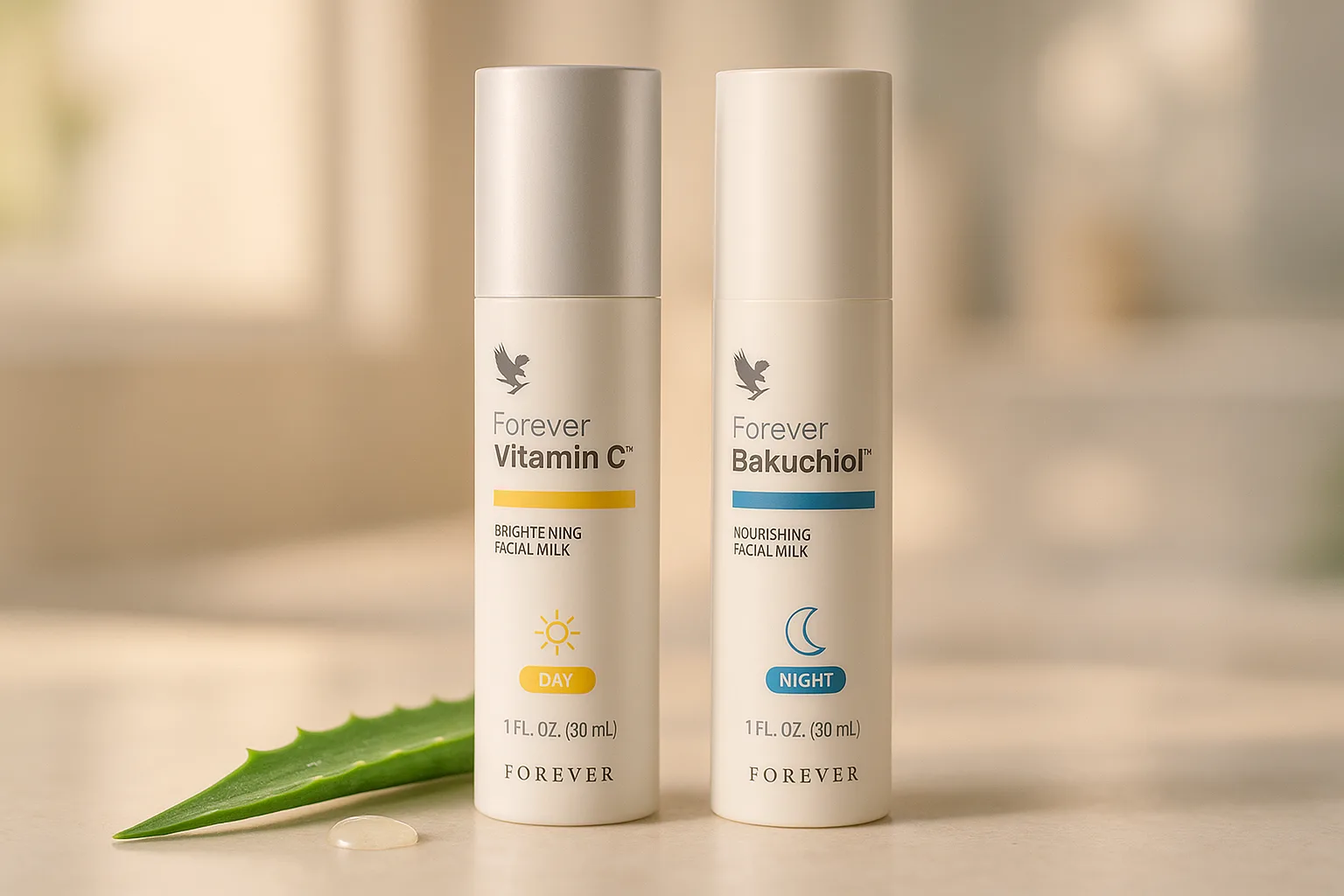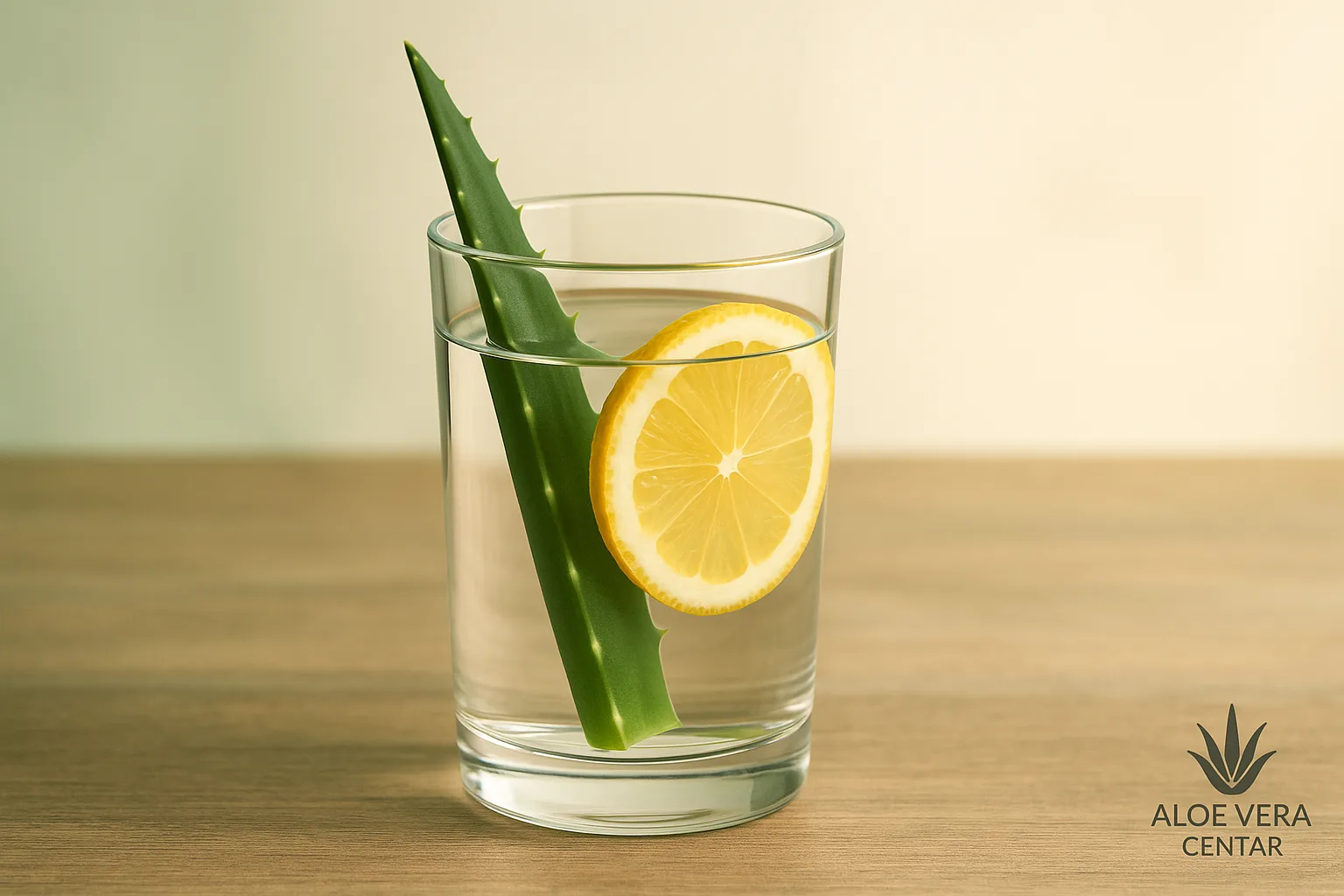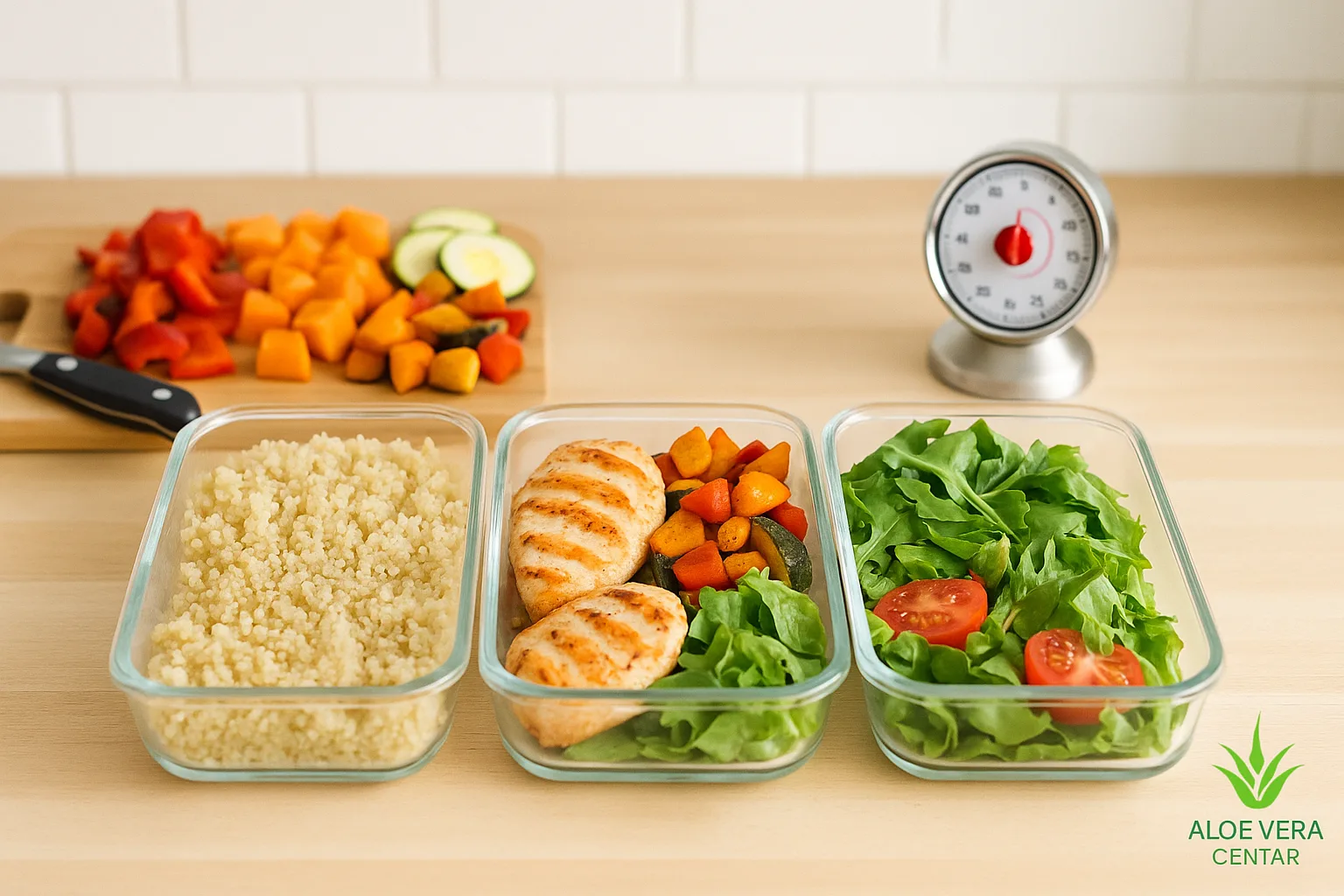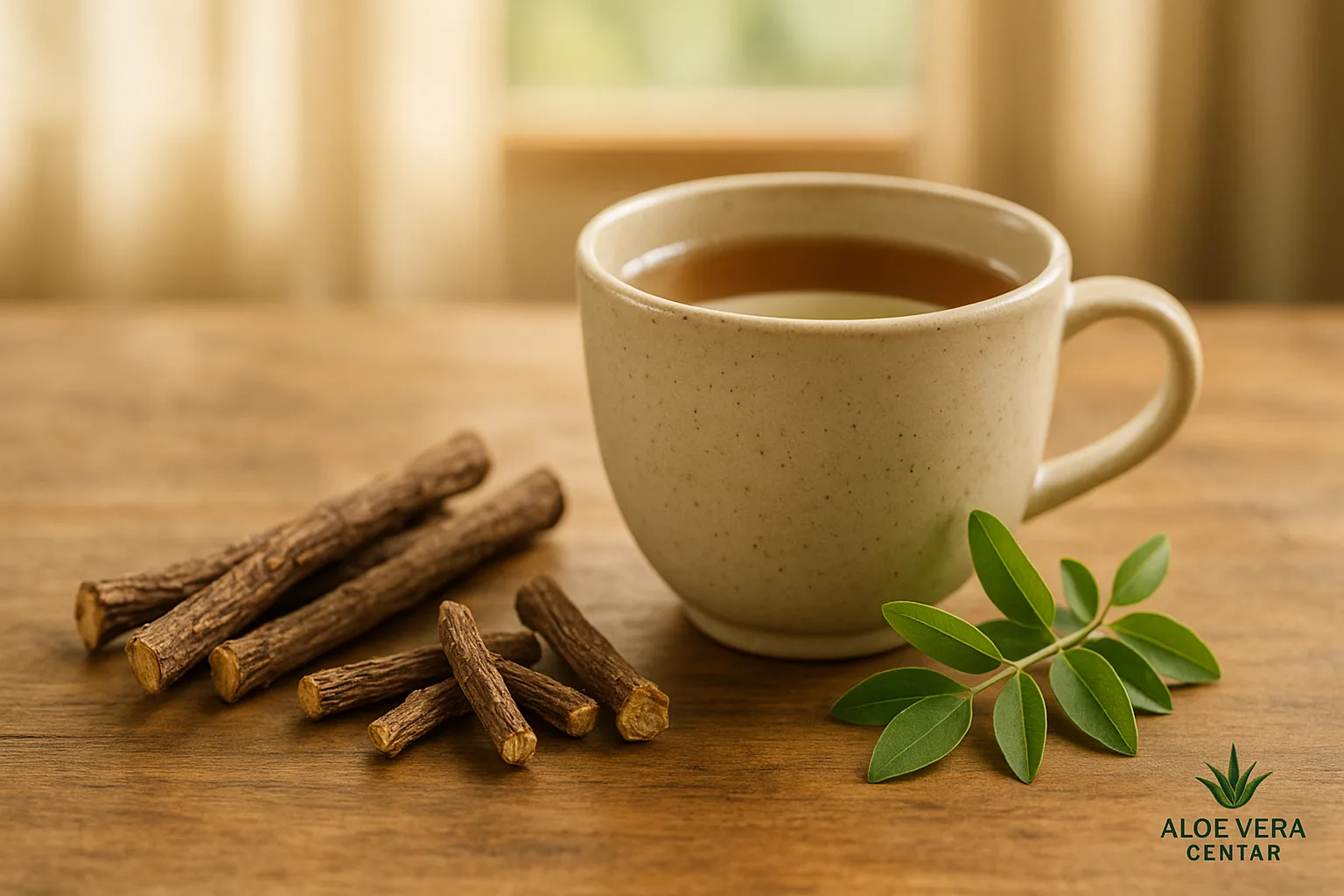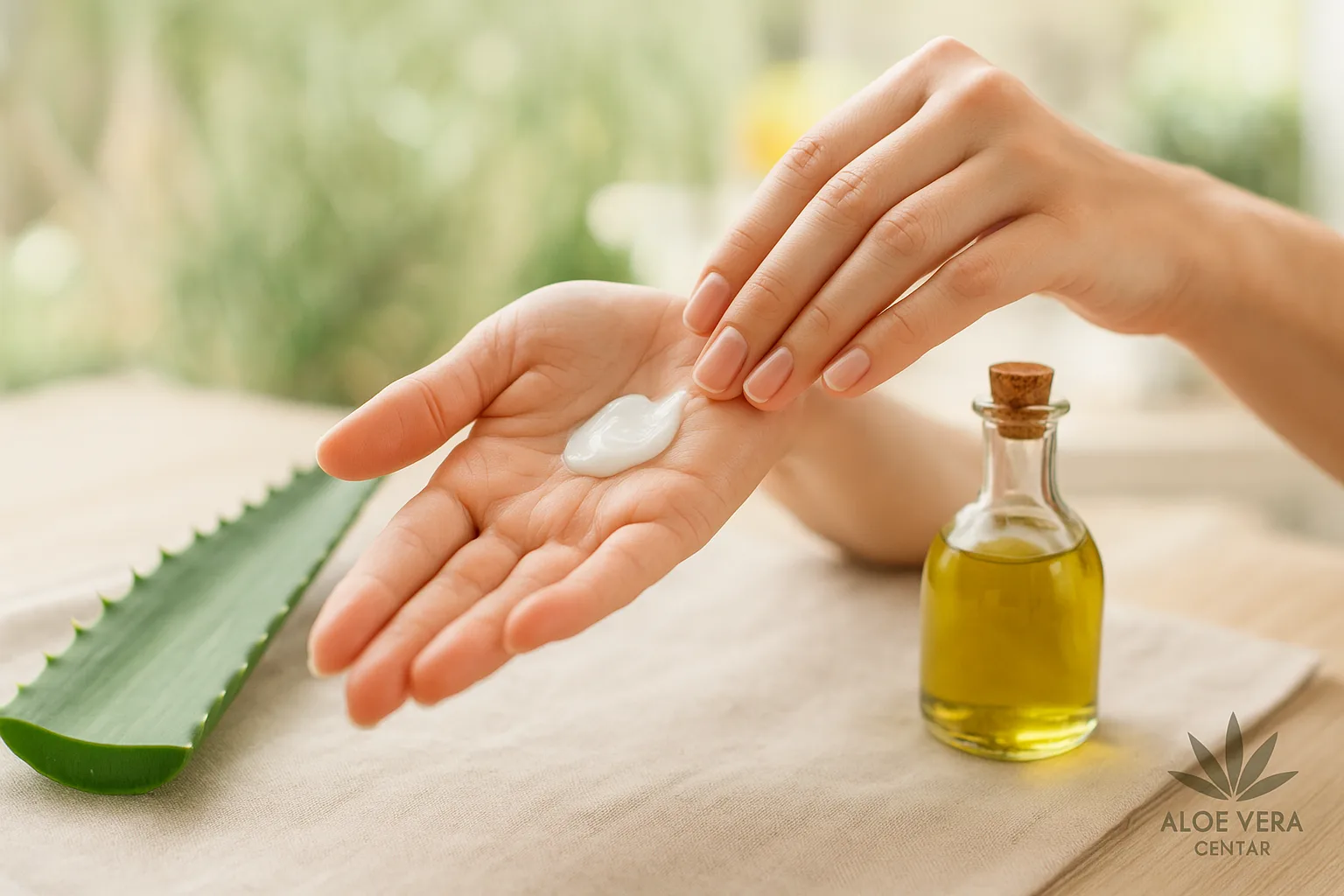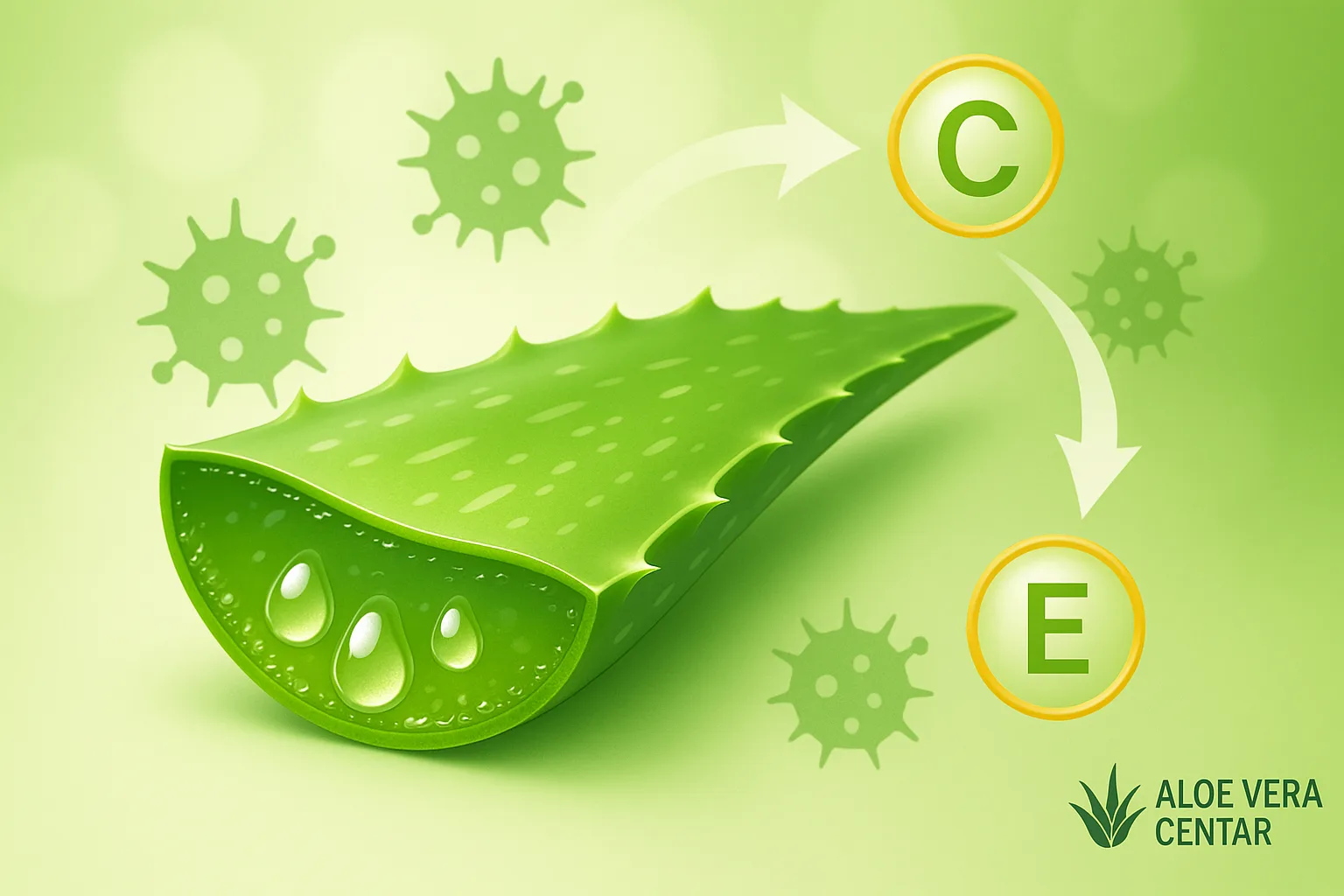
Rehydration During Training: how much Water to Drink and What to Add
How to drink enough water during training and what to add for faster rehydration
Rehydration during training isn’t just about feeling thirsty – it’s key to your performance, focus, and recovery. If you’ve ever wondered why you sometimes get “heavy legs” or headaches after exercise, the culprit is likely simple: insufficient fluids and lack of electrolytes. Below, you’ll learn how much and how to drink, what exactly to add to your bottle for faster rehydration, and how to adjust your hydration plan for different types of training and weather conditions.
Why hydration determines energy, strength, and focus
When you sweat, you don’t just lose water. You also lose electrolytes like sodium, potassium, and chloride that maintain fluid balance, nerve conductivity, and muscle contraction. Even a mild loss of body weight through fluid (about 1 to 2 percent) can reduce endurance and increase perceived exertion. The result is faster fatigue, decreased concentration, and higher risk of cramps.
You might wonder why? Here’s the deal: water maintains blood volume and helps transport oxygen to muscles, while electrolytes “control” the signals that trigger muscle contraction. Without this balance, the body simply doesn’t function optimally.
How much water to drink before, during, and after training
There’s no single magic number for everyone. But there are practical rules and quick tests that are simple to apply:
- Before training: aim for light yellow urine and drink one to two glasses of water 1 to 2 hours before starting your workout. If it’s very hot or you’re sensitive to sweating, add another half glass 10 to 20 minutes before.
- During training: sip regularly, every 10 to 20 minutes, instead of waiting for thirst. For most moderate-duration exercises, aim for 150 to 250 ml per interval. Longer than 60 minutes or very intense exercise requires added electrolytes and some carbohydrates.
- After training: the scale is your ally. Subtract your post-workout weight from your pre-workout weight. For each lost 1 kg of fluid, replenish with about 1 to 1.5 liters of fluid over the next few hours, along with a pinch of salt and a salt-containing meal to replenish sodium.
Want to be more precise? Do a mini sweat test: weigh yourself before and after 60 minutes of training under similar conditions. The difference in kilograms roughly equals liters of sweat. This way you can adjust your fluid intake to your actual loss.
Water or sports drink: how to choose
For workouts up to 60 minutes of moderate intensity, water is sufficient. For longer and more intense workouts or exercising in heat, add electrolytes and a small amount of carbohydrates to speed up absorption and prevent performance decline.
- Hypotonic drinks (lower concentration of dissolved substances than blood) rehydrate very quickly. They’re good if you sweat a lot or want rapid absorption without stomach “heaviness.”
- Isotonic drinks (similar concentration to blood) are beneficial for longer workouts as they combine quick water intake, electrolytes, and energy from carbohydrates.
Practical rule: aim for sodium of about 300 to 700 mg per liter of fluid and 4 to 8 percent carbohydrates for workouts longer than an hour. This is enough to retain fluid and maintain energy levels without burdening digestion.
DIY bottle recipes: quick solutions at home
1. Quick isotonic drink for 60 to 120 minutes
- 1 liter of water
- 30 to 40 g honey or glucose
- 1/4 teaspoon table salt
- juice of half a lemon or orange
Stir until dissolved. You’ve got about 3 to 4 g carbohydrates per 100 ml and enough sodium for better absorption.
2. Hypotonic option for quick absorption
- 1 liter of water
- 1 teaspoon honey
- pinch of salt
- a few cucumber slices or mint for freshness
This drink is “light” and works great for those with sensitive stomachs.
3. Refreshing aloe variation
- 900 ml water
- 100 ml Forever Aloe Vera Gel
- 1/8 teaspoon salt
- a bit of lime juice
In this combination, aloe adds a mild flavor and is suitable for those who want to break the monotony of water. If you want completely caffeine-free, we highly recommend a cup of Aloe Blossom Herbal Tea outside of training as part of your daily hydration.
Electrolytes 101: sodium, potassium, and magnesium
Sodium is the “main conductor” of fluid retention and prevents too rapid water excretion. Potassium supports muscle and nerve function, and magnesium helps normal muscle contraction and can reduce cramping tendency. Learn more about why sodium, potassium, and chloride are crucial for health and how to smartly replenish them through diet.
But that’s not all… You don’t always need to get electrolytes from a bottle. A post-workout meal containing salt, potatoes, leafy greens, avocado, fermented dairy drinks, or banana will help restore balance.
What to drink and what to skip
- Be smart with caffeine: a small to moderate dose before training can help focus, but remember – caffeine is a mild diuretic so watch your total fluid intake. Read more about the effects in our guide about alcohol and coffee.
- Alcohol: delays rehydration and recovery after training. If you consume it, first replenish fluids and electrolytes.
- Carbonated and very sweet drinks: can slow stomach emptying and burden digestion during exertion.
Hydration plan by type of training
Short, intense workouts up to 45 minutes
- Before: a glass of water 20 to 30 minutes earlier.
- During: sip water as needed.
- After: replenish 0.5 to 1 liter over the next 60 to 90 minutes.
Races or training 60 to 120 minutes
- Before: 300 to 500 ml water or slightly isotonic fluid.
- During: 150 to 250 ml every 15 to 20 minutes with electrolytes and 4 to 6 percent carbohydrates.
- After: 1 to 1.5 liters per kilogram of lost weight, with a salt-containing meal.
Longer than 120 minutes or hot and humid conditions
- Before: start rehydration 2 to 4 hours earlier and add some salt to your meal.
- During: aim for regular fluid intake with sodium and carbohydrates. If you’re a salty sweater (white marks on clothes), turn to drinks with more sodium.
- After: plan rehydration over several hours and don’t skip meals.
Practical tricks to finally drink enough
- Bottle within reach: if you see it, you’ll drink more. Simple rule that works.
- Alarms and “sips”: set short reminders every 15 to 20 minutes.
- Flavor you like: a drop of citrus, some aloe, or a pinch of salt is often enough to drink more regularly.
- Weigh yourself occasionally: track the difference before and after training and learn about your body.
Hydration status check: three quick signals
- Urine color: light yellow is the goal. Dark color means you need more fluid.
- Body weight: a 1 to 2 percent drop means you need to increase rehydration.
- Subjective feeling: dry mouth, headache, and unusually high pulse are red flags.
“Can too much water be a problem” and what to do about it
Yes, excessive water intake without sodium can dilute blood sodium and lead to uncomfortable, even dangerous hyponatremia during long exertion. This is rare, but worth knowing: if your workouts last very long, you sweat heavily, and water is your only drink, include sodium and drink according to thirst and losses, not forcefully.
How to incorporate Aloe and Forever products without unnecessary sugar
Like flavor variety but don’t want to overdo sugar during exertion? Then practical options without caffeine and with minimal calories are an excellent choice during the day. Outside of training itself, you can reach for a warm drink like Aloe Blossom Herbal Tea or cold water with some aloe. If you need a tasty change after training, a pleasant alternative is a glass of mild aloe drink, such as Forever Argi+ in the context of recovery and your broader supplementation routine, while the foundation of rehydration remains water with electrolytes.
More useful guides and topics
For a deeper understanding of daily water needs, check out our guide on how much water to drink daily. If you’re more interested in the bigger picture of minerals, read why sodium, potassium, and chloride are crucial for health. And if you’re curious about how certain habits can affect your hydration and immunity, explore the topic about alcohol and coffee. For natural daily support, also read the review of Aloe Vera juice as part of a balanced lifestyle.
30-second guide to quick rehydration
- Drink 300 to 500 ml of water 1 to 2 hours before training.
- During exercise, sip 150 to 250 ml every 15 to 20 minutes.
- For workouts longer than 60 minutes, add sodium and 4 to 8 percent carbohydrates.
- After training, replenish 1 to 1.5 liters per lost kilogram.
- Include a meal with salt and potassium in the first hour of recovery.
Frequently Asked Questions
How much exactly should I drink for a 10 km run
Most people need 150 to 250 ml every 15 to 20 minutes, but it varies individually. Best to assess sweat loss by weighing before and after training and adjust intake accordingly.
Is lemon water enough for rehydration
For shorter and light workouts, yes. For longer and hot conditions, add a pinch of salt or reach for an electrolyte drink.
I have calf cramps, do electrolytes help
They can help if you lose a lot of sodium and potassium through sweating. Also consider a varied diet rich in minerals and gradual increase in workload.
What if sports drinks don’t sit well with me
Switch to a hypotonic option with less sugar and sip more frequently in smaller amounts. Add ice and choose mild flavors.
External expert references for further reading
- MedlinePlus: Dehydration – signs, causes, and treatment
- NIH ODS: Magnesium – consumer guide
- FDA: Dietary Sodium – basic guidelines
Conclusion: your simple plan for the next workout
Start with clarity: prepare your bottle in advance, add a pinch of salt and carbohydrates if needed, and after training replenish what you’ve lost. Do the mini sweat test once and you’ll have a plan tailored to you. If you need a personalized drink suggestion and routine, you can always use our AI advisor for quick and precise recommendations. And if you’re just stocking up on products, don’t forget to get 15% off on your order.
Note: This text is for educational purposes and is not a substitute for professional medical advice. If you have special health conditions or are taking medication, consult your doctor or nutritionist.

